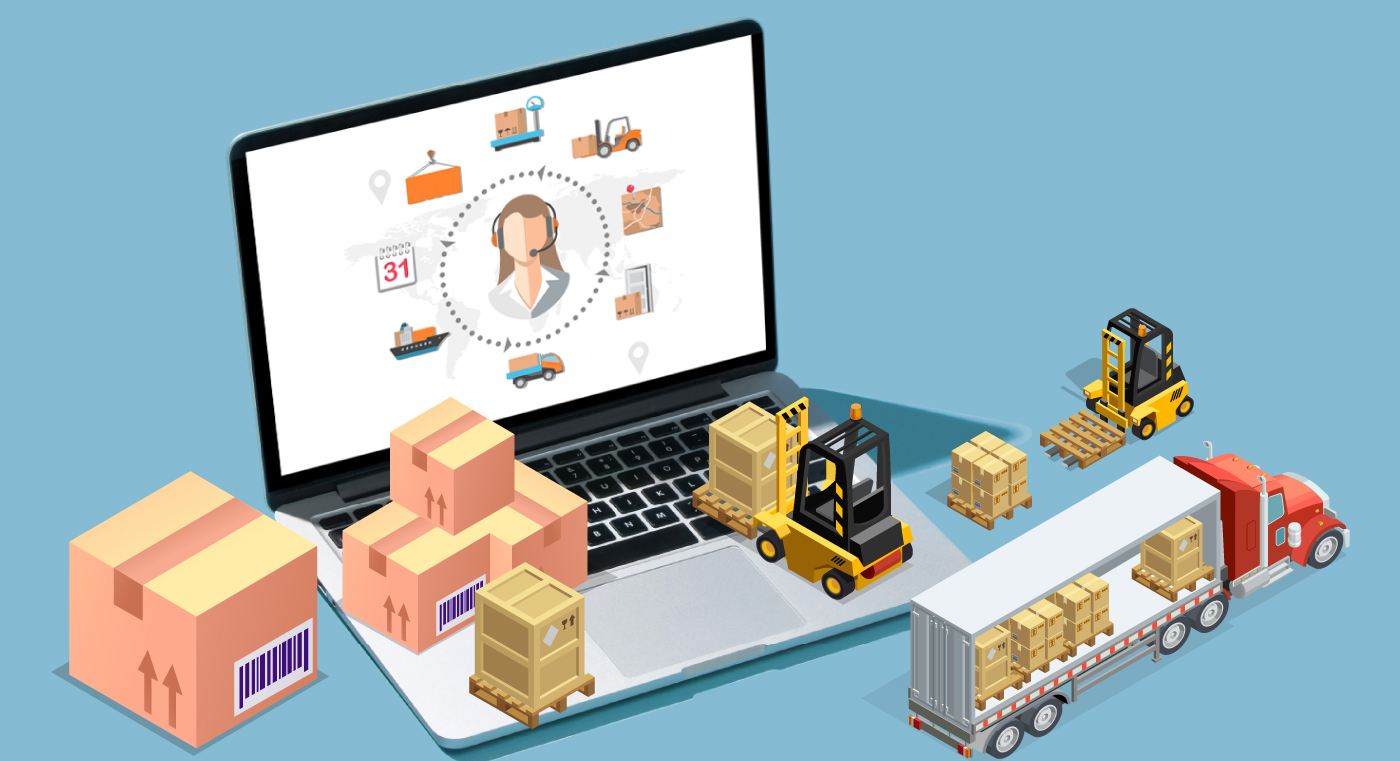How to Choose the Right Warehouse Management Software for Your Business

Strong 8k brings an ultra-HD IPTV experience to your living room and your pocket.
In today's fast-paced and increasingly digital marketplace, efficient Warehouse Management is no longer just an operational necessity—it is a competitive advantage. Whether you're a growing e-commerce brand, a manufacturing firm, or a logistics provider, your warehouse operations need to be agile, accurate, and scalable. At the core of this transformation is Warehouse Management Software (WMS)—a solution that streamlines inventory handling, order fulfillment, and overall warehouse productivity.
But with countless WMS options on the market, how do you choose the right one for your business? This guide walks you through key considerations to help make an informed decision tailored to your operational needs and business goals.
Understanding the Role of Warehouse Management Software
Warehouse Management Software is a digital system designed to optimize the day-to-day operations of a warehouse. From tracking stock levels and managing inbound/outbound logistics to generating reports and integrating with other supply chain platforms, WMS serves as the brain of your warehouse. The right system can minimize human error, reduce operational costs, improve customer satisfaction, and increase inventory visibility.
Step 1: Assess Your Warehouse Needs
Before diving into the search for WMS solutions, conduct an internal assessment. Ask yourself:
What challenges are you facing with your current warehouse operations?
How many SKUs do you manage?
Do you have multiple warehouse locations?
What’s the size of your warehouse team?
Do you need features like barcode scanning, mobile access, or cloud integration?
Understanding your warehouse's current pain points and projected growth can help you determine whether you need a basic system or a more robust, enterprise-level WMS.
Step 2: Prioritize Key Features
Not all Warehouse Management solutions are created equal. Depending on your needs, some features may be more critical than others. Here are some must-have functionalities to look out for:
1. Inventory Tracking
Real-time inventory visibility is crucial. The software should allow you to track stock levels, locations, batch numbers, and expiry dates with accuracy.
2. Order Management
From picking and packing to shipping, WMS should streamline the order fulfillment process and minimize delays or errors.
3. Barcode & RFID Support
Automation through barcode scanning or RFID tagging significantly improves accuracy and reduces manual labor.
4. Integration Capabilities
The WMS should integrate with your existing systems, including ERP, eCommerce platforms (like Shopify or Amazon), accounting software, and transportation management systems.
5. Cloud vs. On-Premise
Cloud-based WMS offers flexibility, remote access, and scalability, whereas on-premise solutions offer more control and may be preferable for highly customized setups.
6. Analytics & Reporting
Data-driven decisions require detailed reports on inventory turnover, space utilization, and labor productivity.
Step 3: Evaluate Usability and Scalability
While feature richness is important, ease of use is equally crucial. A complex interface can slow down adoption among warehouse staff. Choose a system with an intuitive user interface, easy training modules, and responsive customer support.
Additionally, opt for a solution that can grow with your business. As your volume increases or you expand to new regions, your WMS should support more users, new warehouse locations, and complex workflows.
Step 4: Set a Realistic Budget
Warehouse Management Software varies widely in price depending on the features, user licenses, and deployment model. Basic cloud-based systems might charge a monthly subscription, while larger on-premise setups may involve one-time license fees plus maintenance costs.
When evaluating cost, look beyond just the upfront price. Consider:
Cost of onboarding and training
Customization fees
Maintenance and support charges
Future upgrade or scalability costs
An affordable system that meets your current and future needs is a more sustainable investment than a low-cost, short-term fix.
Step 5: Read Reviews and Request Demos
Before finalizing your decision, research customer reviews and case studies from businesses similar to yours. These can provide insights into the software’s performance in real-world scenarios.
Additionally, request a live demo or trial version from the vendor. This gives you hands-on experience with the system and a chance to ask specific questions about functionality, support, and integration.
Step 6: Ensure Data Security and Compliance
Data security should never be an afterthought. Ensure the software complies with relevant industry standards like GDPR, SOC 2, or ISO certifications. If you're in a regulated industry like food or pharmaceuticals, make sure the system offers features to maintain compliance with safety and traceability standards.
Step 7: Consider Vendor Support and Training
Even the best software can fall short without strong support. Evaluate the vendor’s customer service capabilities—do they offer 24/7 support? What are their SLAs? Is training included in the package?
A vendor that offers continuous support, regular updates, and a comprehensive knowledge base can be a valuable partner in your Warehouse Management journey.
Conclusion
Choosing the right Warehouse Management software is not just about picking the most popular or expensive solution. It's about finding a system that aligns with your business’s current needs, future growth plans, and operational complexity. By carefully assessing your requirements, prioritizing key features, setting a budget, and thoroughly testing potential options, you’ll be well on your way to creating a more streamlined, efficient, and scalable warehouse operation.
Remember, a smart investment in WMS today can lead to long-term savings, improved accuracy, and a stronger competitive edge tomorrow.
Note: IndiBlogHub features both user-submitted and editorial content. We do not verify third-party contributions. Read our Disclaimer and Privacy Policyfor details.







